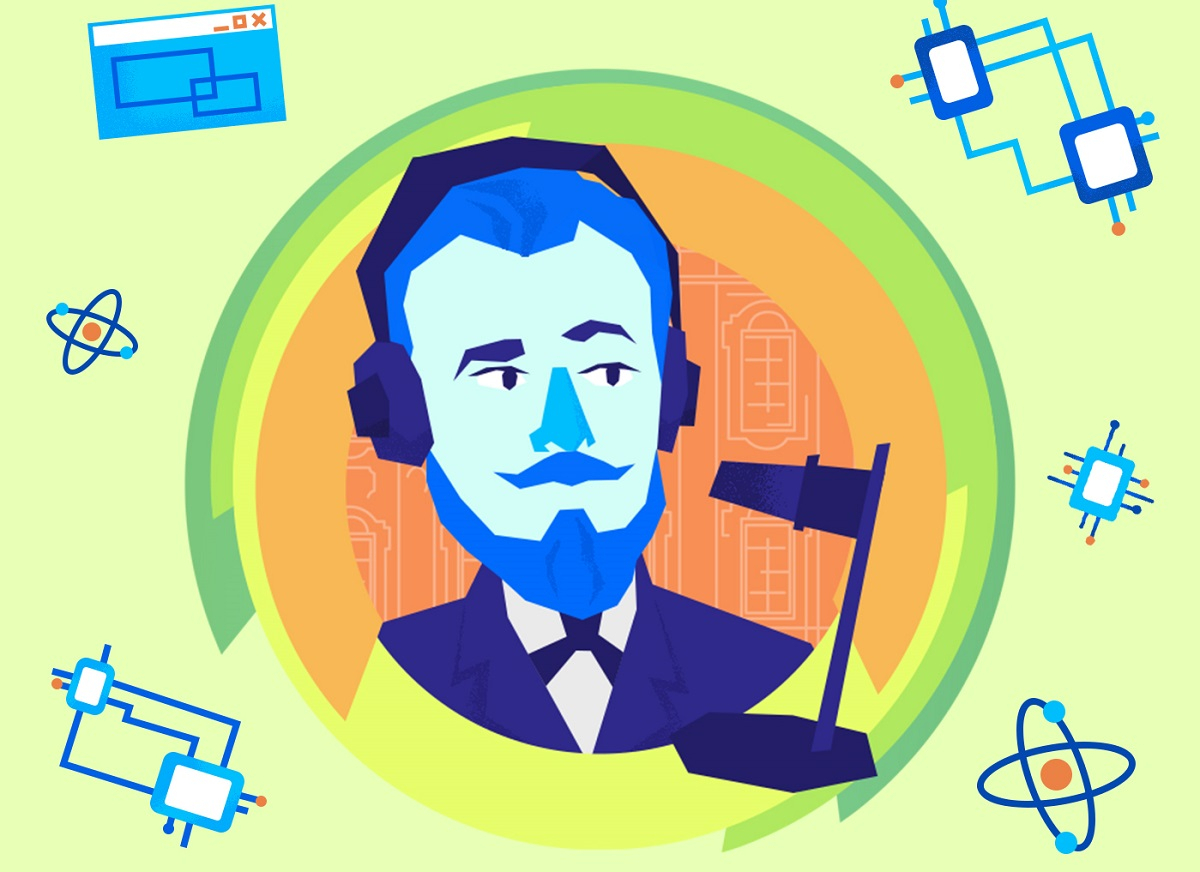St Petersburg University physicist talks about quantum technologies on a Heinrich Terahertz podcast

Rodion Reznik, Head of the Laboratory of New Semiconductor Materials for Quantum Informatics and Telecommunications at St Petersburg University, was the guest of the tenth episode of the popular science podcast "Heinrich Terahertz" from St Petersburg University. He spoke about what quantum dots are, what next-generation microelectronics will look like, and why socks are in superposition.
In recent decades, quantum technologies have been the main direction of development in many spheres. Thus, last year, Alexey Ekimov, a 1967 graduate of Leningrad State University (St Petersburg University), shared the 2023 Nobel Prize in Chemistry with American scientists Moungi Bawendi and Louis Brus for their study and discovery of clusters of atoms known as quantum dots. Alexey Ekimov is the ninth Nobel Prize laureate in the history of St Petersburg University.
According to Rodion Reznik, quantum technologies enable the development of next-generation devices; wireless communication technologies that cannot be intercepted or jammed; and even next-generation computers — quantum computers. For example, quantum wires enable the development of piezoelectric nanogenerators that will produce electricity when bent. This will make it possible to restore hearing and vision, and to recharge cardiac pacemakers from heartbeats.
"Quantum technologies are based on different performance principles. Let me give you an example to illustrate this point. We have socks, and until we put them on, each of them can be both right and left. Once we have put one of them on our right foot, the other one (regardless of where it is) immediately becomes a left sock. In other words, initially, both socks were in superposition. Quantum technologies are based on the same principle. Photons can have longitudinal or transverse polarisation. Yet, until we measure it, a photon is in a superposition of the two states. This is used to ensure secure data transmission or to create qubits for quantum computers," Rodion Reznik explained. The Laboratory of New Semiconductor Materials for Quantum Informatics and Telecommunications was established at St Petersburg University in 2022, but it has been already recognised by the global scientific community.
The Laboratory focuses on: the development of new semiconductor nanostructures of variable dimensionality and their convergence with silicon technology; comprehensive research of the properties of semiconductor nanostructures; and the synthesis of advanced planar heterostructures for quantum cascade lasers and other non-classical light sources.

